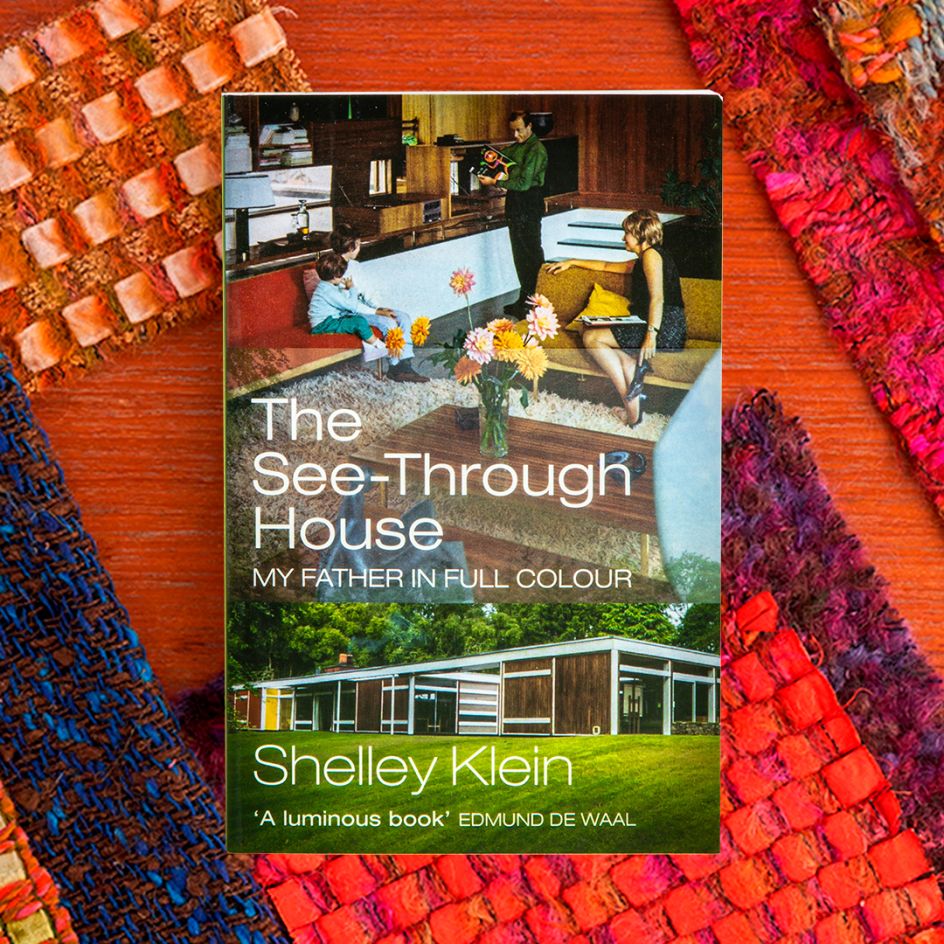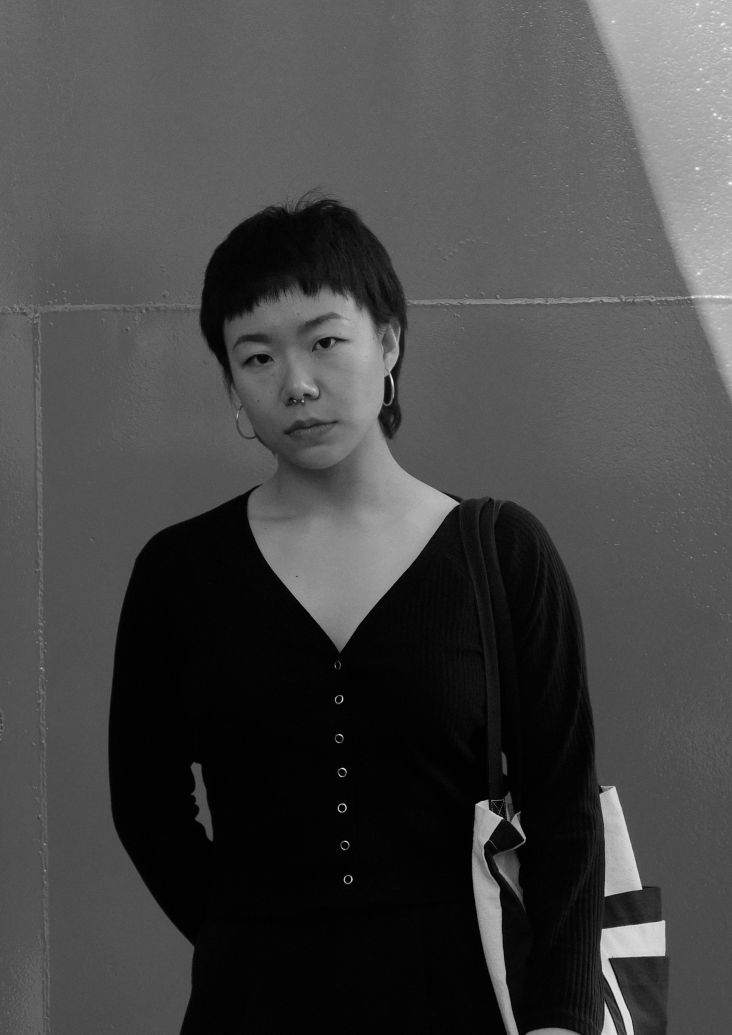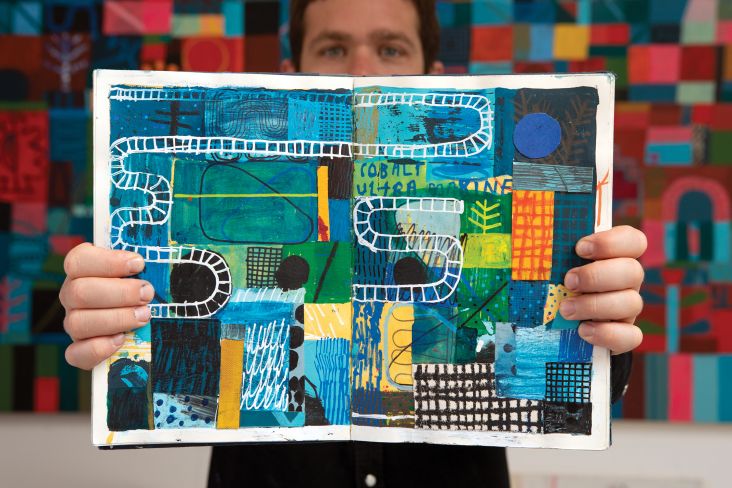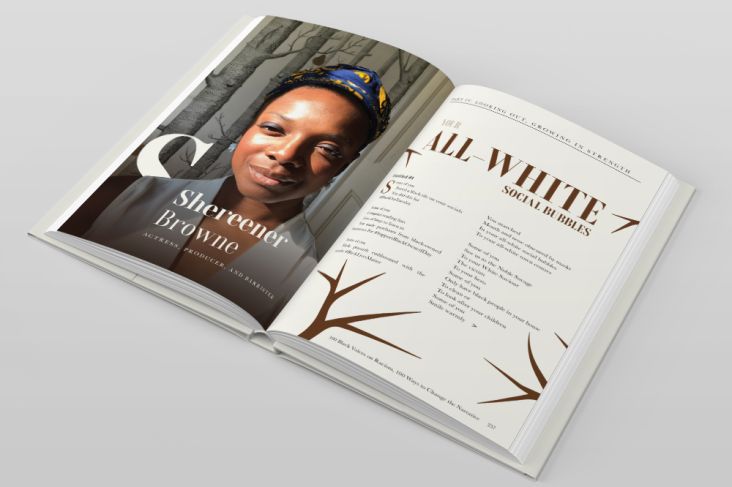The modernist home with a heart of gold: Shelley Klein on The See-Through House
We've all watched shows like Grand Designs and fantasised about the houses we'd design and build for ourselves if we had total free rein. But what is it actually like growing up in a modernist building, which is more like a work of art than a normal family home?
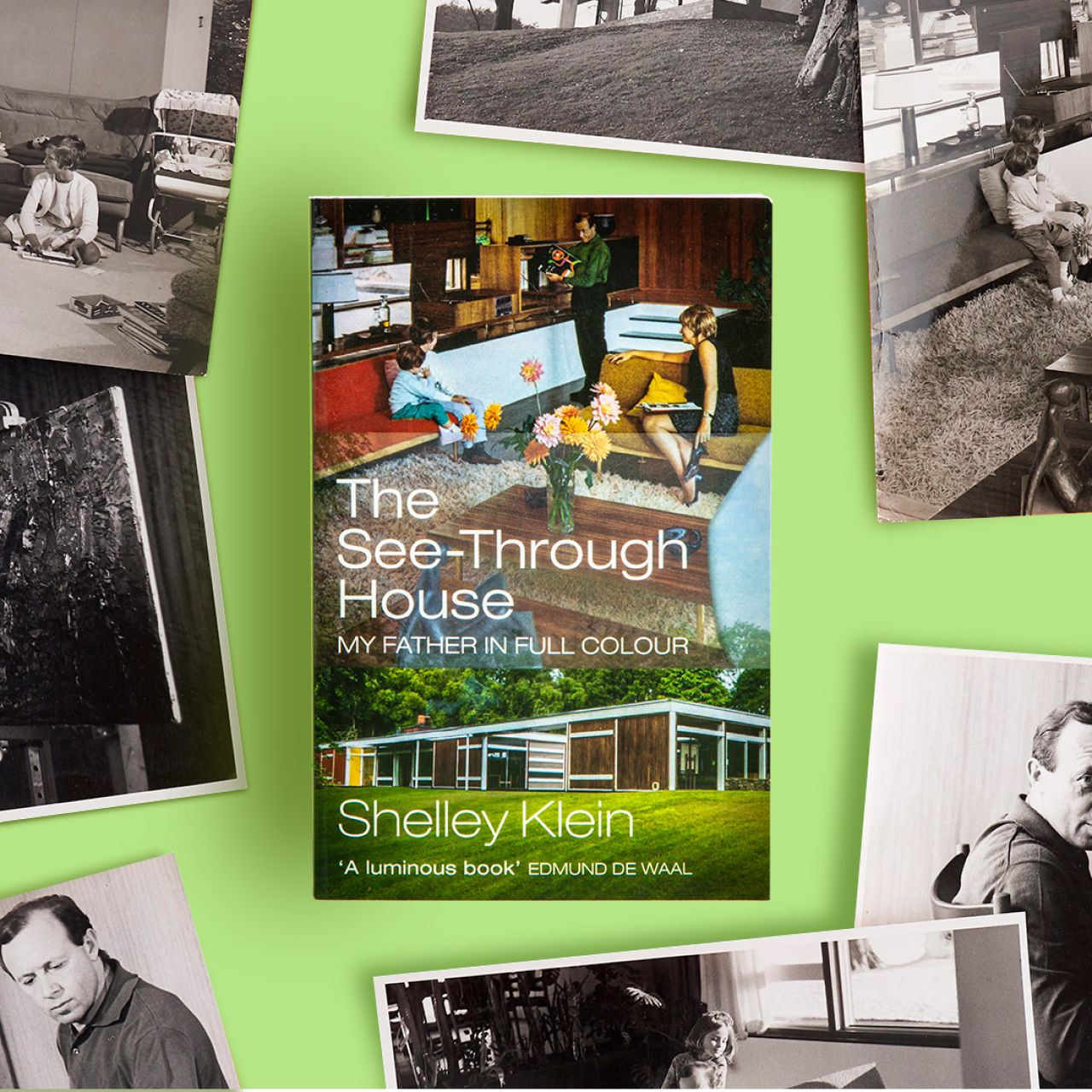
All images courtesy of the author and publisher
One person who can answer that question is author Shelley Klein. When her father, Bernat Klein, a pioneering Serbian textile designer, came to Scotland, he commissioned architect Peter Womersley to build him a house on a modernist open-plan grid with colourful glass panels.
Set in woodland between Peebles and Selkirk, 'High Sunderland' was a masterpiece of wood and glass, beautifully complemented by the stunning fabrics Bernat introduced to the interior.
Shelley moved out of the home she grew up in at 18, but when she returned to care for her father in his final years, the house had remained true to his uncompromising vision. Following his death in 2014, its inevitable sale was truly agonising to her.
But her connection to the building lives on in The See-Through House, her tribute to High Sunderland, which hit the best-seller lists last year in hardback, and is about to come out in paperback. We chatted to Shelley about what the house means to her, why she wrote the book and the difficulties of cooking in a minimalist environment.
Why did you write this book?
I'd moved back to Scotland to look after my elderly father, and then he died. So I suppose there was a sort of unconscious need to keep in touch with him. This house was very much an extension of him, as well as being a very central part of our family.
In truth, I only really became conscious of this midway through writing the book. I realised it had become kind of an ongoing conversation with my father: about this place, and his journey there from Northern Yugoslavia, via Jerusalem, to come to the Scottish Borders and build a modernist house. It's a very odd journey and a very odd house.
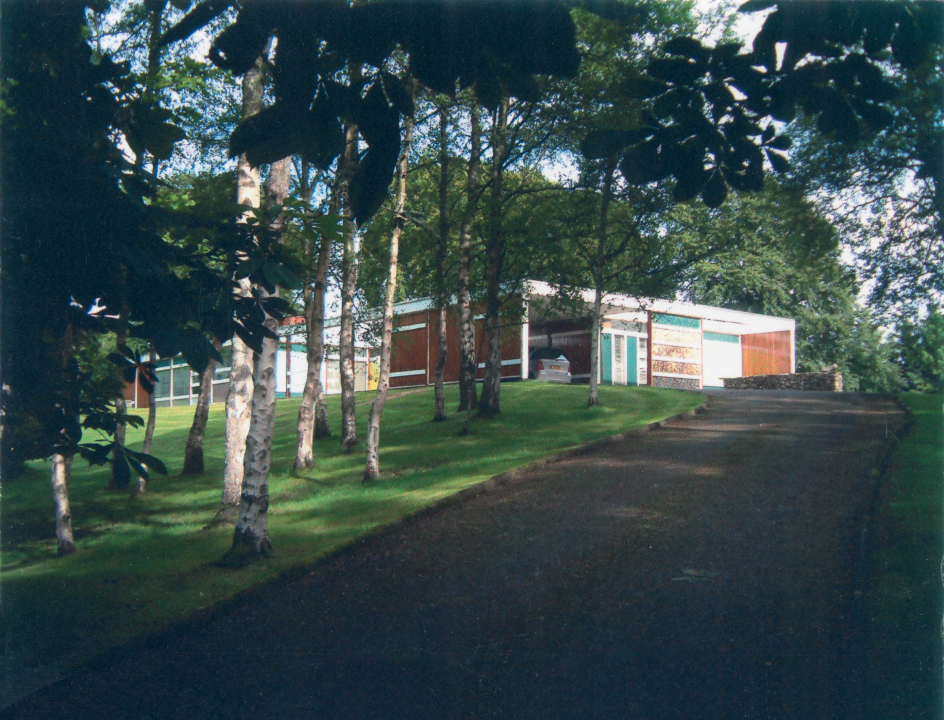
What was it like living in such an unusual place?
There was a lot of joy and humour in living in this house. But it did involve a father who was so driven in his way of thinking and looking and being, that it clashed with other parts of our personalities.
Dad was very minimalist. He couldn't abide children's mess and things like that. For example, I wouldn't be allowed to stick my posters on the walls of my bedroom because they could be seen from the dining room, and that really upset his vision.
Even in the kitchen, he hated anything being on the surfaces. He'd hide everything away, which made cooking quite difficult because he'd whisk stuff into cupboards before you'd had a chance to use them. It was quite a lot of mayhem in our house.
In general, though, it was a very functional building, although a lot of that was unintentional. For instance, in the sunken living room, there was a walkway around it, which was sort of a library area. And so when my father did fashion shows, the models would walk up and down in this library bit, and the people would sit in the living room. It was unusual, but it just happened to work really well.
I'd moved back to Scotland to look after my elderly father, and then he died. So I suppose there was a sort of unconscious need to keep in touch with him. This house was very much an extension of him, as well as being a very central part of our family.
How did your experience of writing fiction inform how you approached this, your first non-fiction work?
Although it's non-fiction, I approached it like a story. So each section has a driving force to it, a point to it: I'm not merely describing something. And there are conversations that I have in the book, almost as if it's a play. So you'll have my father speaking, and then me speaking. I played with it as you do in fiction, but not as many people do in non-fiction.
What about the visuals?
We're very fortunate in that I have a lot of photographs because when it was first built, a lot of architectural magazines and lifestyle magazines were interested in it. So I had some lovely images, as well as all the original floor plans. And photographs of fashion shows that had taken place or fashion shoots that had taken place.
Who did you aim the book at?
I was hoping for a general audience because it's such a mix of everything. It touches on architecture. It touches on the Holocaust. It touches on grief. It touches on the difficulties of looking after an elderly parent. And it touches on selling a house that you've lived in for a long time. So I thought it had a lot of themes that would appeal to a broad audience.
It seems you were right: the book's been a great success. What sort of feedback have you had?
I thought there might be some people with houses that meant something very personal to them. But I was quite surprised at the number of emails I got. There were so many people telling me about their houses, which they'd had to leave for various reasons, and how affected they've been by it. And I found that very touching.
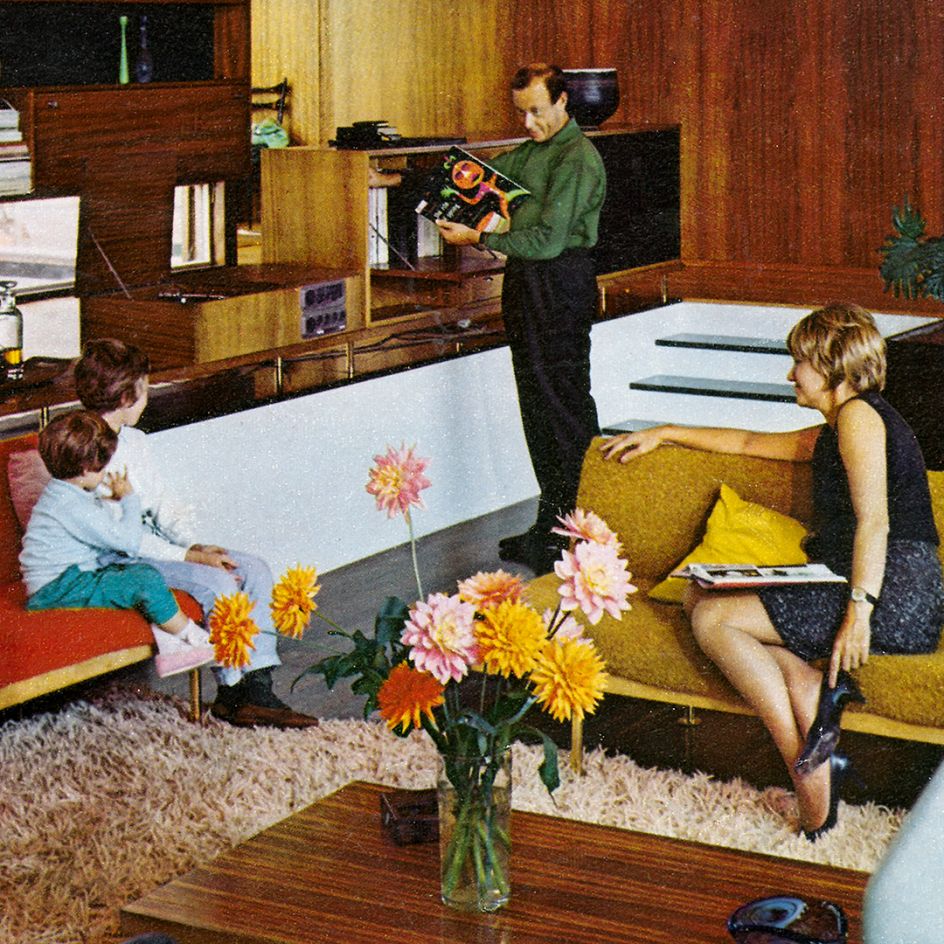
Was there any feedback that annoyed you?
No, everything's been very positive. The only thing is that occasionally somebody will talk about me having a "love-hate relationship" with my father. And I never saw it as love-hate. I saw it as love-mild irritation. Elderly parents can drive you around the bend, but you know, it's still love.
You talk about how selling a house can be a part of the grieving process, a source of grief in itself. Do you have any advice for people going through that today?
You have to be ready to sell. I was very fortunate because I'd stayed at the house for about five years, looking after Dad. And my siblings were very generous and said, "Just take your time whenever you're ready, then we can sell it." That was important for me because I needed to come to terms with everything and do things slowly.
That said, not a day has passed since I sold it three years ago that I haven't thought about it and wished it was still part of my life. I always thought of the house as a sort of third parent: it's hard to let go. So there's no advice I can give other than take your time and be ready.
The See-Through House by Shelley Klein is published by Vintage (£9.99). You can order your copy here.
